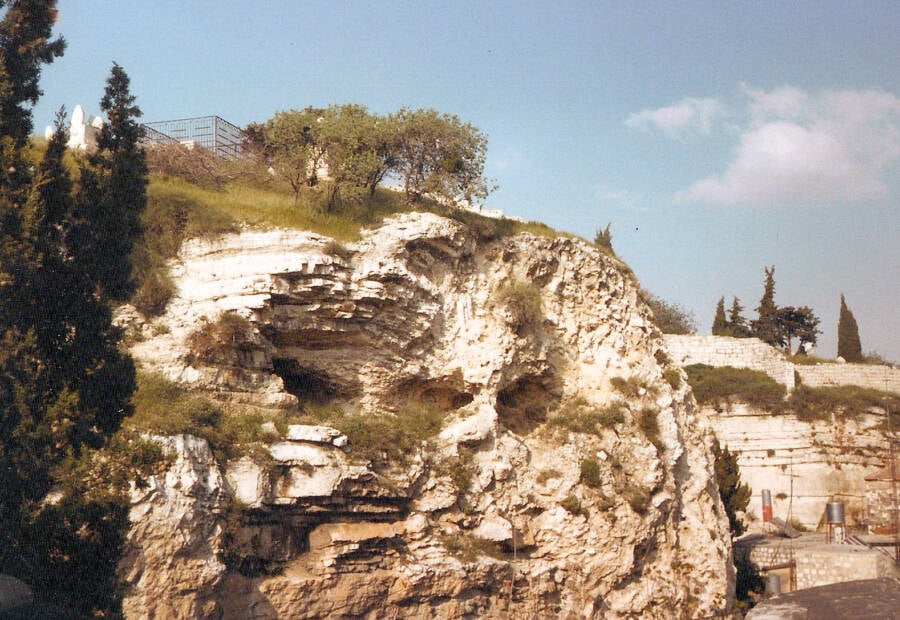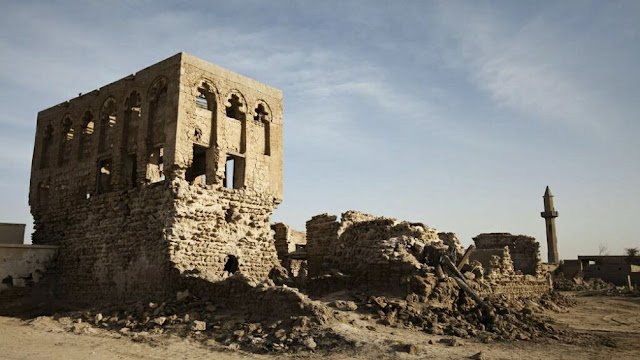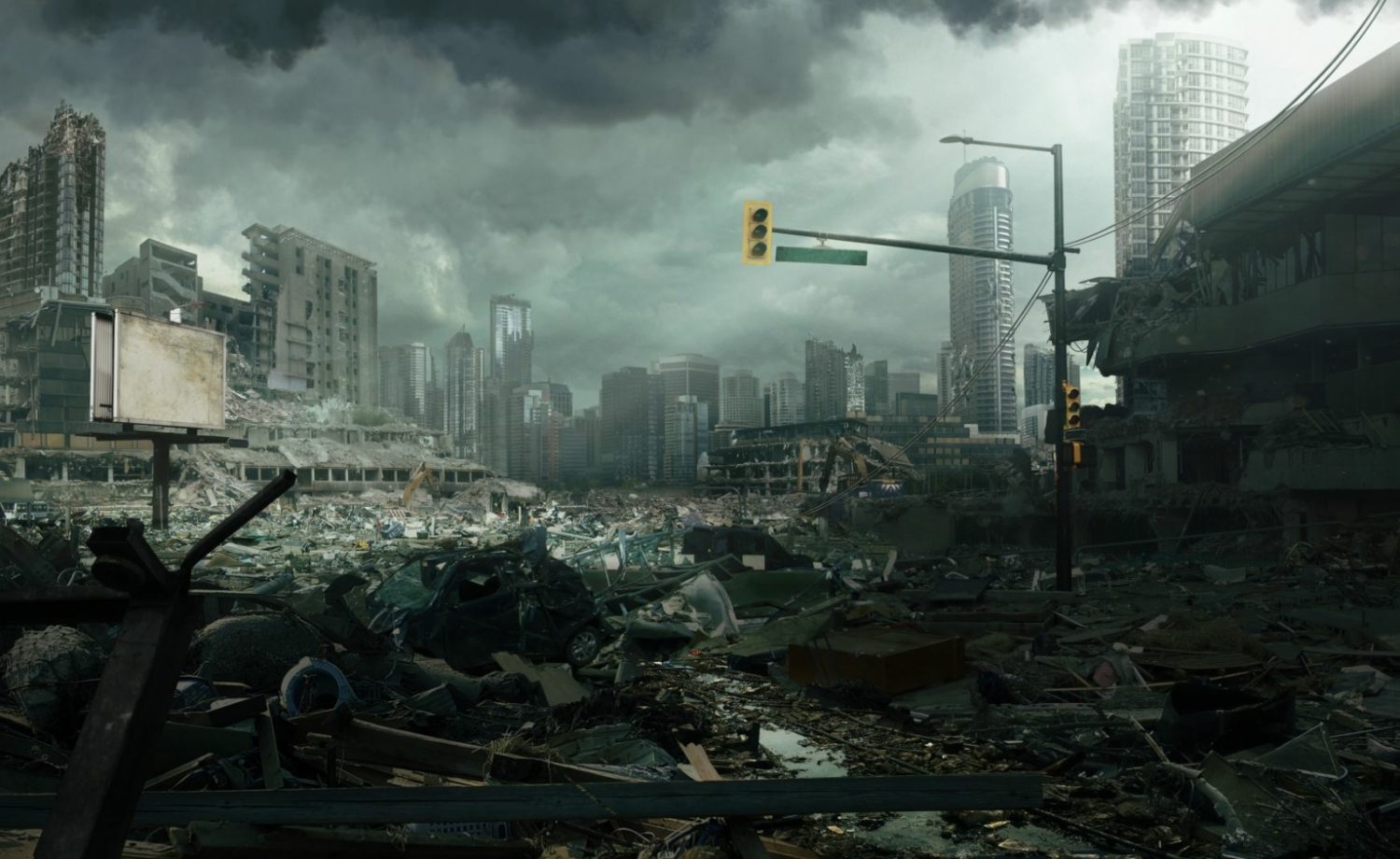The Bible can be interpreted in many different ways, yet it is very clear on one issue. The Christian Messiah, Jesus Christ, was crucified at a location known as Golgotha following his condemnation to death by Pontius Pilate.
Where is Golgotha, then?
Golgotha is significant to Christians because it is thought to be the location where Jesus was crucified, buried, and, according to the Bible, raised from the dead. However, religious academics are still debating the precise position of Golgotha today, even though the Church of the Holy Sepulchre was supposedly constructed on the place of the crucifixion in the fourth century C.E.
This is all the information you need to know about Golgotha, including its unclear name, what the Bible says about its significance in the crucifixion, and the current controversy about its site and that of Jesus’ tomb.
Golgotha, The “Place Of Skulls”

The Bible makes several references to Golgotha, which is supposedly situated not far from Jerusalem. The location is mentioned in the gospels of John, Mark, Matthew, and Luke. Golgotha, commonly known as Calvary, is referred to as the “place of the skull” or the “place of skulls” in numerous of these passages.
So what does this mean? Golgotha’s close association with skulls can be interpreted in three ways, according to contemporary researchers.
The first is that executions took place in Golgotha regularly. This was suggested by the early Christian scholar Jerome of Stridon, who wrote: “Outside the city and without the gate there are places wherein the heads of condemned criminals are cut off and which have obtained the name of Calvary — that is, of the beheaded.” Jerome of Stridon lived most likely between 346 and 420 C.E.
Christianity.com points out that there isn’t any proof that the location was ever a Jewish execution place in the first century. The victims would probably be permitted to be buried there if such a spot existed (so there wouldn’t be skulls stacked up).
The other idea is that the surrounding area’s shape inspired the name Golgotha. The location might have been a rock protrusion with pits that resembled skeletal mouths and eye sockets.

The last idea proposes that Adam’s skull is where the “place of the skull” earned its name. Early Christian leaders agreed with this belief, which holds that the first man in the Bible was buried in Golgotha. As a result, Adam’s skull, or more precisely, the “place of the skull,” is where Jesus was crucified.
Religious academics can all agree that Golgotha is the location of Jesus Christ’s crucifixion, according to the Bible, even though they may differ on how the place received its name.
The Crucifixion Of Jesus Christ At Golgotha
There are still a lot of unanswered issues concerning Jesus Christ, such as his true name, race, looks, birthday, and even height. But the Bible makes it very evident that the Christian Messiah was executed by the Roman Governor of Judaea, Pontius Pilate, and crucified at Golgotha.
The accounts of Jesus Christ’s crucifixion at Golgotha in the Gospels of Matthew, Mark, and John are nearly exact.

“[T]hey forced him to carry the cross,” Matthew explains, “They came to a place called Golgotha (which means ‘the place of the skull’)… When they had crucified him, they divided up his clothes by casting lots.”
Meanwhile, the Gospel of Mark writes: “[T]hey forced him to carry the cross. They brought Jesus to the place called Golgotha (which means ‘the place of the skull’)… And they crucified him.”
And John states: “Carrying his own cross, he went out to the place of the Skull (which in Aramaic is called Golgotha). There they crucified him, and with him two others — one on each side and Jesus in the middle.”
Interestingly, John and Matthew both give identical accounts of what happened following the crucifixion. According to all accounts, Pilate consented to transfer Jesus’ body to Joseph, a wealthy follower from Arimathea. After that, Joseph interred Jesus’ body in a tomb that John says was “nearby.”
Mary Magdalene then set up shop outside. And that is how, according to her account, she saw him rise three days later.

Golgotha is a very significant location since the Bible claims it is where Jesus Christ died, was buried, and rose from the dead.
So, precisely where is it?
Where Is Jesus’ Crucifixion Site And Tomb? Inside The Ongoing Debate

The mother of Roman emperor Constantine the Great, Helena of Constantinople, accompanied the historian Eusebius on a trip to Jerusalem early in the fourth century C.E. She supposedly discovered the area where Jesus had been interred there. Helena gave the order to demolish the pagan temples that Hadrian, the Roman emperor, had ordered built over the location. She is said to have found the “True Cross” of Jesus’ crucifixion and Jesus’ tomb following an excavation.
Upon discovering this, Constantine gave the order to have the Church of the Holy Sepulchre built at that location. It is said to include the place where Jesus was crucified—Golgotha—as well as his tomb.
For this reason, the Church of the Holy Sepulchre is frequently cited as the location of Jesus’ tomb. Today, visitors to the church can see both the supposed tomb and the “Rock of Calvary,” the site of Jesus’ alleged crucifixion.

But not everyone believes that this is the actual location of Jesus’ burial.
One is that Jerusalem is the location of the Church of the Holy Sepulchre. However, Golgotha is mentioned as being “near the city” in John 19:20. Furthermore, Jesus Christ died “outside the gate,” according to Hebrews 13:12.
While there is no denying that Jerusalem’s city walls have shifted over the ages, others contend that Golgotha is actually outside the Church of the Holy Sepulchre. According to some, it’s Gordon’s Calvary, a rocky hill that has been likened to a skull. Another ancient burial, known as the Garden burial, is located next to Gordon’s Calvary. (However, researchers think the Garden Tomb dates from before the first century CE.)

However, the actual act of the crucifixion holds greater significance for some Christians than the location of Golgotha. They would rather concentrate on Jesus’ death and what it means to Christians rather than argue over the precise place of his execution, whether it happened at Gordon’s Calvary, inside the Church of the Holy Sepulchre, or somewhere else.
The website of Grace Communion International stated, “We cannot know with 100 percent certainty, and it is not important that we know. Salvation does not hinge on a particular location, but on the reality of the death and resurrection of Jesus Christ.”



